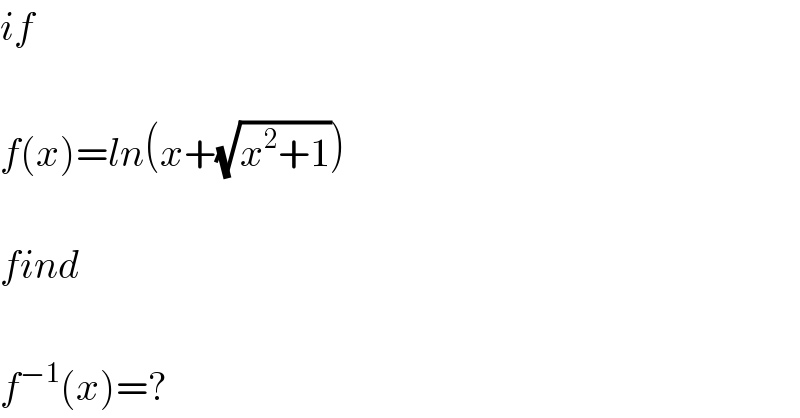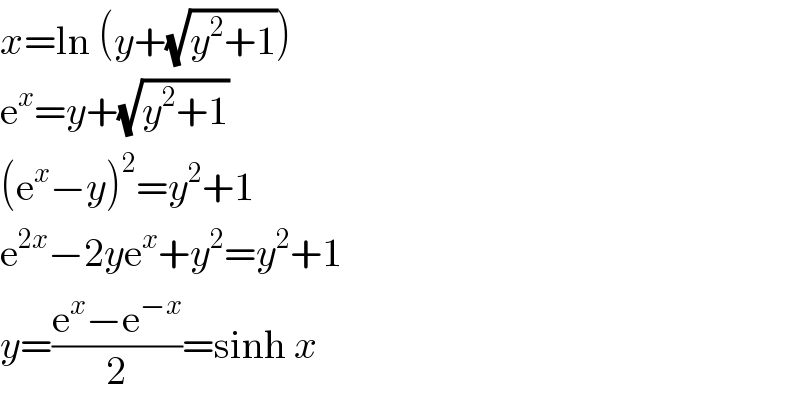
Question and Answers Forum
Question Number 66412 by aliesam last updated on 14/Aug/19

Commented by mathmax by abdo last updated on 14/Aug/19

Commented by mr W last updated on 14/Aug/19

Commented by kaivan.ahmadi last updated on 15/Aug/19

Answered by MJS last updated on 14/Aug/19

Commented by Mikael last updated on 15/Aug/19

